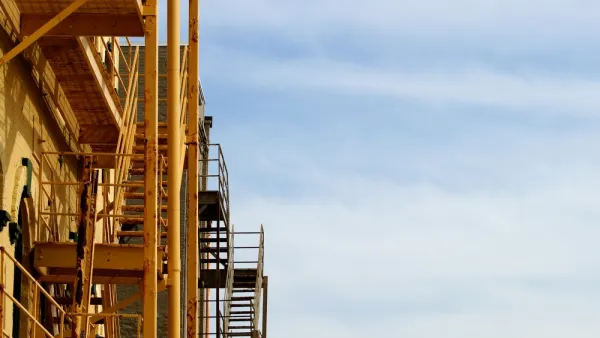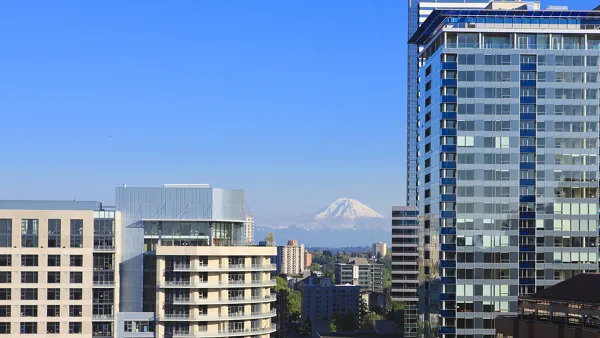Successful urban highway deconstruction projects have swapped highways for boulevards and saw economic, public health, and urban design benefits. Will more cities opt for highway removal programs over reconstruction?

Decades-old urban highways in the U.S. are showing their age. In some cases, factors like deteriorating overpasses, unsafe expressway to city street transitions, and proximity to residential neighborhoods are guiding planners to implement fixes guided by modern safety standards and the prioritization of walkable and bikeable urban spaces.
Plans ranging from highway removal to underground relocation are underway across the country and have already seen wins in terms of economic revitalization, public health, and urban design. Steep construction costs and difficulty in securing funding, however, is making the process of reconstruction or removal challenging for many cities.
"While the federal government underwrote most of the cost of building the interstate system in the 1950s and 1960s, state and local governments now provide about 80 percent of public infrastructure funding. With perspectives on land use, transit, and equity also evolving, many cities are finding themselves at a crossroads when it comes to highways: remove or rebuild?," writes Kathleen McCormick.
The Congress for the New Urbanism (CNU), a long-time proponent of highway removal, published the 2019 Freeways Without Futures report, detailing case studies of removal projects in New Orleans, Tampa, Dallas, Austin, Portland, Louisville, Denver, Syracuse, Oakland, and Buffalo.
The Senate-led Environment and Public Works Committee approved the America’s Transportation Infrastructure Act of 2019, a five-year program allocating up to an 80% federal subsidy for planning, technical assistance, and capital construction related to the removal of highways in U.S. cities. In response, CNU is preparing a tool kit and best practices guide to provide cities with such tools as "design standards, transportation network concepts, engineering specifications, and metrics to measure success," says CNU board member and Nelson\Nygaard principal and transit planner Larry Gould.
As planners begin to share their experience and understand the benefits of highway removal, it is becoming increasingly clear that the benefits of removal outweigh those of reconstruction.
FULL STORY: How Urban Highway Removal Is Changing Our Cities

National Parks Layoffs Will Cause Communities to Lose Billions
Thousands of essential park workers were laid off this week, just before the busy spring break season.

Retro-silient?: America’s First “Eco-burb,” The Woodlands Turns 50
A master-planned community north of Houston offers lessons on green infrastructure and resilient design, but falls short of its founder’s lofty affordability and walkability goals.

Delivering for America Plan Will Downgrade Mail Service in at Least 49.5 Percent of Zip Codes
Republican and Democrat lawmakers criticize the plan for its disproportionate negative impact on rural communities.

Test News Post 1
This is a summary

Test News Headline 46
Test for the image on the front page.

Balancing Bombs and Butterflies: How the National Guard Protects a Rare Species
The National Guard at Fort Indiantown Gap uses GIS technology and land management strategies to balance military training with conservation efforts, ensuring the survival of the rare eastern regal fritillary butterfly.
Urban Design for Planners 1: Software Tools
This six-course series explores essential urban design concepts using open source software and equips planners with the tools they need to participate fully in the urban design process.
Planning for Universal Design
Learn the tools for implementing Universal Design in planning regulations.
EMC Planning Group, Inc.
Planetizen
Planetizen
Mpact (formerly Rail~Volution)
Great Falls Development Authority, Inc.
HUDs Office of Policy Development and Research
NYU Wagner Graduate School of Public Service





























